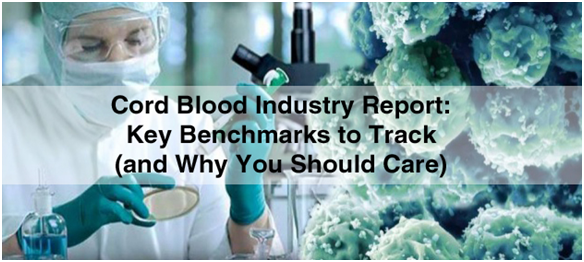Cord and tissue banking involve the gathering, processing, and storage of specific organic materials for potential future medical use. These practices provide alternatives for medical remedies and research. Here's an summary of twine and tissue banking:
Cord Blood Banking:
Cord Blood Collection:
Cord blood is the blood collected from the umbilical twine and placenta after childbirth. This blood is rich in stem cells.
The assortment course of is non-invasive and happens after the infant is born and the umbilical cord is clamped and minimize.
Helpful resources :
Cord blood is a valuable supply of hematopoietic stem cells, which have the potential to develop into numerous kinds of blood cells.
These stem cells can be used in the remedy of certain genetic issues, blood cancers, and other illnesses that have an effect on the blood and immune system.
Cord Blood Banking Options:
Public Cord Blood Banks: Donated wire blood is stored in public banks, and it turns into obtainable to anyone in want of a stem cell transplant.
Private Cord Blood Banks: Parents can select to retailer their child's cord blood in a non-public financial institution for their household's unique use. This involves a payment for assortment, processing, and storage.
Tissue Banking:
Tissue Types:
Tissue banking entails the gathering and preservation of various forms of tissues, such as pores and skin, bone, tendons, heart valves, and corneas.
These tissues can be used for transplantation to replace damaged or diseased tissues in sufferers.
Transplantation and Reconstruction:
Tissues saved in tissue banks can be used for varied medical functions, together with reconstructive surgical procedures, orthopedic procedures, and treating burns or accidents.
For instance, bone grafts can aid in orthopedic surgeries, and skin grafts may be essential in treating burn victims.
Research:
Tissue banks also assist medical research by providing researchers with priceless samples for studies on diseases, therapies, and the development of latest therapies.
Donation and Consent:
Tissue donation typically requires the knowledgeable consent of the donor or their household. Ethical and legal considerations play a significant function within the donation course of.
Storage and Preservation:
Tissues are carefully processed, preserved, and saved underneath managed situations to maintain their viability till they are wanted for transplantation or research.

Cord and tissue banking contribute to advances in medical therapies, providing options for sufferers who require stem cell transplants or tissue replacements. These practices additionally assist scientific research to better understand ailments and develop new therapies. It's essential for individuals to make informed selections relating to the donation and storage of twine blood or tissues, considering their potential medical advantages and ethical concerns..
